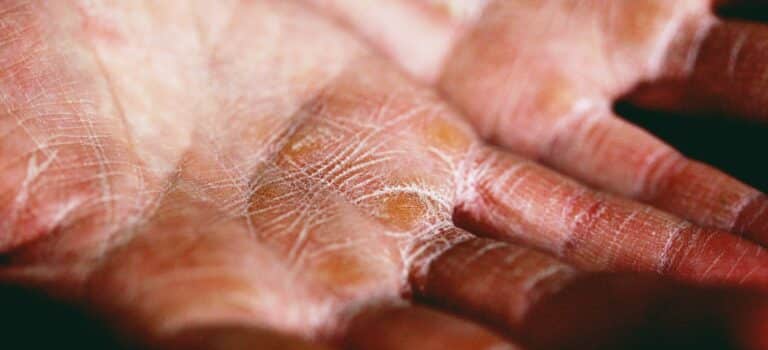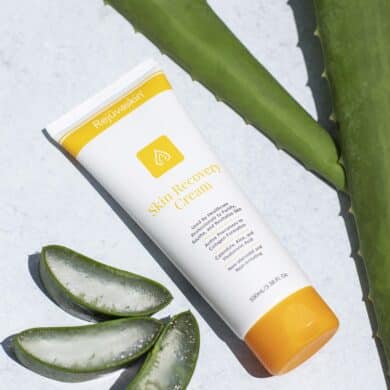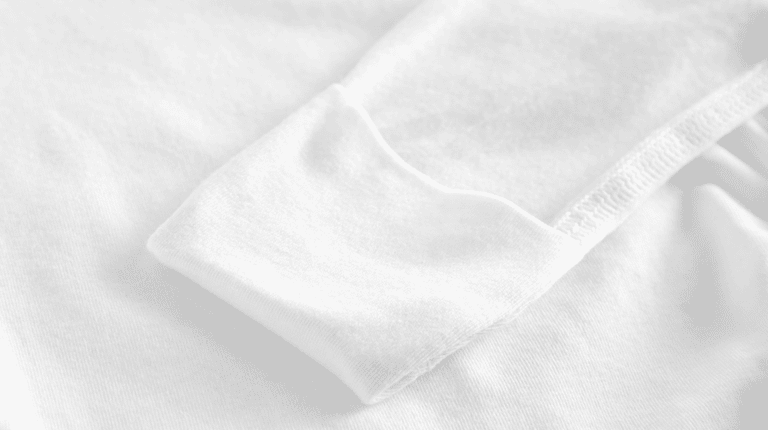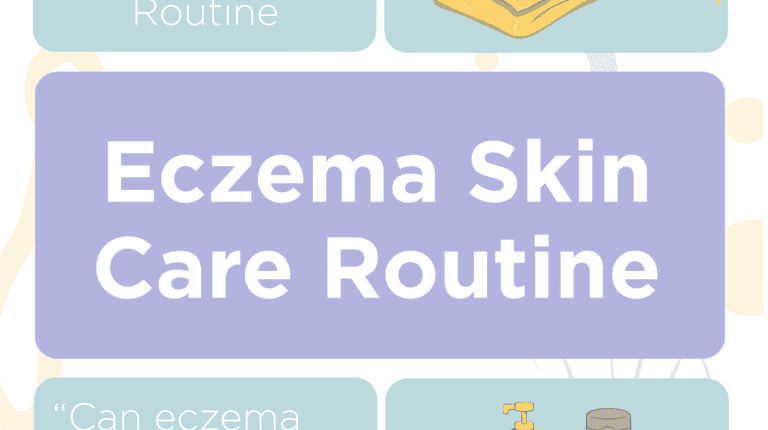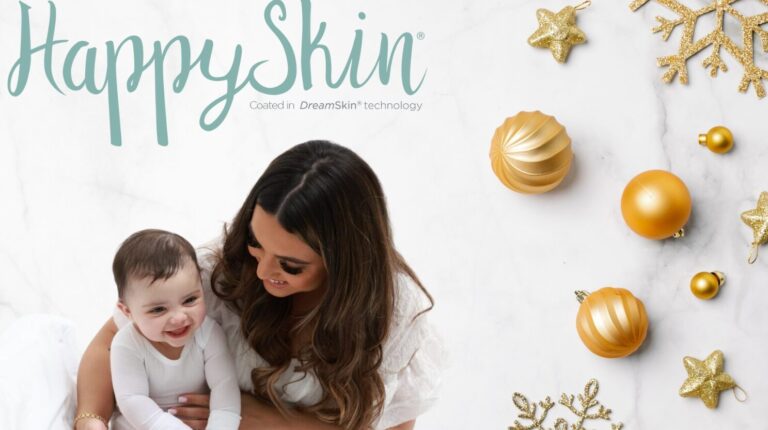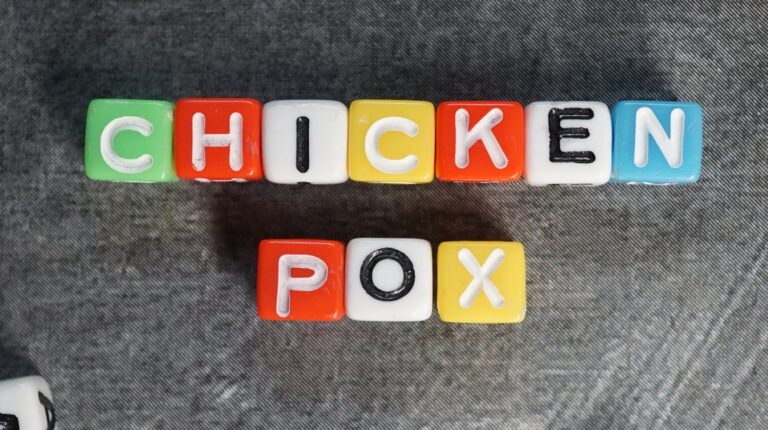
Eczema isn’t a one-size-fits-all condition—it’s an umbrella term for several skin reactions that share itch and inflammation. If your little one struggles with dry, red, or bumpy skin, knowing which type of eczema they have can make all the difference when it comes to managing flare-ups and finding relief.
In this blog, we explain the seven types of eczema that doctors recognise. We discuss how they look in children and what might cause them. We also share helpful solutions like friction-free clothing, moisturising routines, and gentle care for sensitive skin. These methods do not rely on paraffin-based creams or heavy ointments.
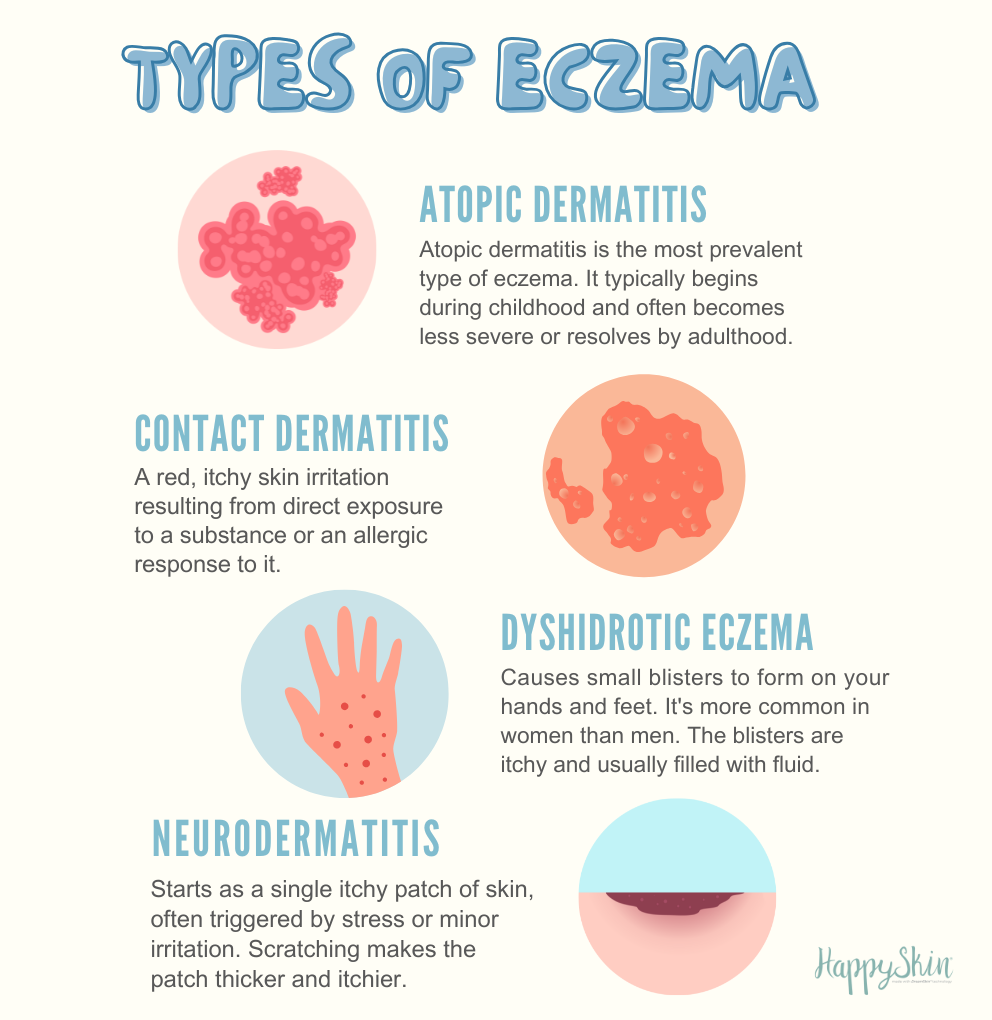
1. Atopic Dermatitis (The Most Common Type in Children)
Atopic dermatitis is the most widespread type of eczema in babies and children, often appearing in the first six months of life. It is associated with a family history of asthma, eczema, or hay fever and is regarded as a chronic condition.
Symptoms in children:
- Dry, red or dark patches on cheeks, behind the knees, elbows, or neck
- Persistent itching (especially at night)
- Skin may become thickened from scratching
Common triggers: Dry air, overheating, allergens (like dust or pet dander), stress, certain fabrics. If your little’s one is still a baby, they often flare after a viral illness or teething.
How HappySkin helps: Our garments are coated with DreamSkin™ Technology, which mimics healthy skin cell membranes to help reduce transepidermal water loss (TEWL) and regulate temperature—without paraffin or steroids.
What is the Root Cause of Eczema? A Parent’s Guide What Does Eczema Look Like? An In-Depth Guide Is Eczema Hereditary? Understanding the Genetic Link to Atopic Dermatitis
2. Contact Dermatitis
This type of eczema happens when your child’s skin reacts to something it touches. There are two subtypes: irritant contact dermatitis (triggered by soaps, saliva or cleaning products) and allergic contact dermatitis (caused by things like nickel, fragrances, or rubber).
Symptoms in children:
- Red or inflamed patches at the contact site
- Itching, burning, sometimes small blisters
Common triggers: Bubble baths, washing up liquid, certain laundry detergents, face paint, or costume accessories.
Expert Tip: Identify and remove known triggers. Consider switching to non-bio, fragrance-free laundry detergents and avoiding synthetic fabrics that may cause friction.
3. Dyshidrotic Eczema (Pompholyx)
This less common type shows up as small, itchy blisters, usually on hands and feet. Children might find it especially uncomfortable during warmer months.
Symptoms in children:
- Tiny fluid-filled blisters on fingers, palms, or soles
- Skin may feel hot, sore, or peel
Common triggers: Excess sweating, nickel in toys or coins, emotional stress.
Expert Tip: Encourage regular hand rinsing with lukewarm water and gentle, pH-balanced cleansers. Eczema gloves or socks can protect vulnerable skin while allowing airflow.
Our products
4. Nummular Eczema (Discoid Eczema)
This type is recognisable by its round or coin-shaped patches. It often appears after skin injury or extreme dryness and may affect older children or teens.
Symptoms in children:
- Clearly defined circular lesions that itch or weep
- Often appears on the legs, arms, or torso
Common triggers: Cold weather, skin trauma (like insect bites), poor moisturising.
Expert Tip: After bathing, pat skin dry and use a ceramide-based moisturiser. Daily use of light, long-sleeve clothing can protect skin from dryness and external irritants.
5. Seborrheic Dermatitis (Cradle Cap in Babies)
Usually seen in babies under 12 months, this form of eczema is linked to oil-producing areas of the skin and a natural skin yeast.
Symptoms in babies:
- Yellow, greasy scales on the scalp, eyebrows or behind the ears
- Mild redness with flaking skin
Common triggers: Hormonal changes, overgrowth of Malassezia yeast, cold weather.
Expert Tip: Use a mild baby shampoo formulated for cradle cap (like those containing salicylic acid or antifungal ingredients recommended by dermatologists). Avoid oils that can block pores and worsen irritation.
Soothing solutions: While not all areas can be covered with clothing, keeping the rest of the skin calm with breathable garments reduces overall irritation and stress.
6. Neurodermatitis
Neurodermatitis is usually triggered by repetitive scratching or rubbing. It can start with a small itchy spot that becomes a habit.
Symptoms in children:
- One or two thick, leathery patches
- Extreme itchiness, especially at bedtime
Common triggers: Anxiety, long-term skin irritation, tight or itchy clothing.
Expert Tip: Keep nails trimmed and use calming bedtime routines to reduce scratching. Choose seamless, breathable fabrics to avoid friction against vulnerable areas.
Relief with HappySkin: Our soft clothing helps protect the affected area and discourages unconscious scratching, especially at night.
7. Stasis Dermatitis (Rare in Children)
Stasis eczema happens when there is poor circulation, usually in the lower legs. Fluid can leak from weakened veins, irritating the skin. It’s very rare in children and more common in older adults.
Symptoms include (if present):
- Swollen, red or brown-tinged patches
- Itchy or weeping skin on the legs
Causes: Varicose veins, poor blood flow, fluid retention.
Note: This form requires professional medical evaluation. Children showing signs of swelling or discolouration should be seen by a GP or dermatologist.
Can a Child Have More Than One Type of Eczema?
Indeed — and it’s more prevalent than you realise. Many children experience atopic eczema alongside contact reactions, especially when exposed to new products, allergens, or environmental stress.
That’s why working with a GP or dermatologist is essential to tailor your treatment plan—and why choosing skin-friendly clothing is part of long-term management.
Itchy Legs Below the Knee in Children: How to Treat Them? How to Stop My Toddler or Child Itching at Night: A Guide for Parents Tips for managing itchy babies in summer heat

Why Clothing Matters in Eczema Management
Pediatric dermatologists agree that reducing friction, locking in moisture, and limiting exposure to irritants are essential in controlling eczema.
Soft, breathable garments can support your routine by:
- Helping the skin retain moisture after emollient use
- Preventing overheating or sweating during flare-ups
- Reducing the temptation to scratch
Look for clothing that is:
- Made from natural fibres (like premium TENCEL™ or cost-saving solution with organic cotton)
- Free from harsh seams, tags or dyes
- Clinically tested and approved for eczema-prone skin
HappySkin garments, clinically tested, are designed to meet these needs and more.
Final Thoughts
Understanding the different types of eczema in children helps parents make confident, informed decisions. With the right care, eczema can be easier to manage. This includes expert-recommended skincare routines and supportive clothing. These steps can make life much more comfortable.
From expert tips on skincare routines to advice on managing flare-ups, we aim to empower you with knowledge. Our community of parents and experts is here to support you every step of the way.
Sign up to Happy Club
To get the latest news, promotions, and discounts first, please join our mailing list.
Simply enter your email below!
Other Expert Advises For Eczema

